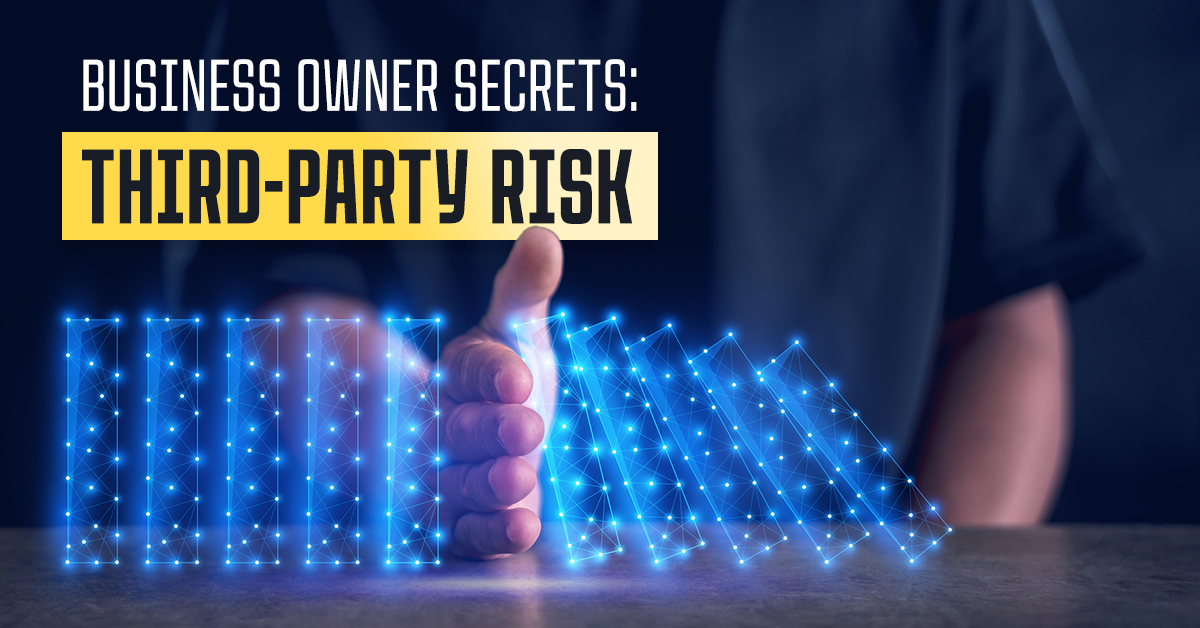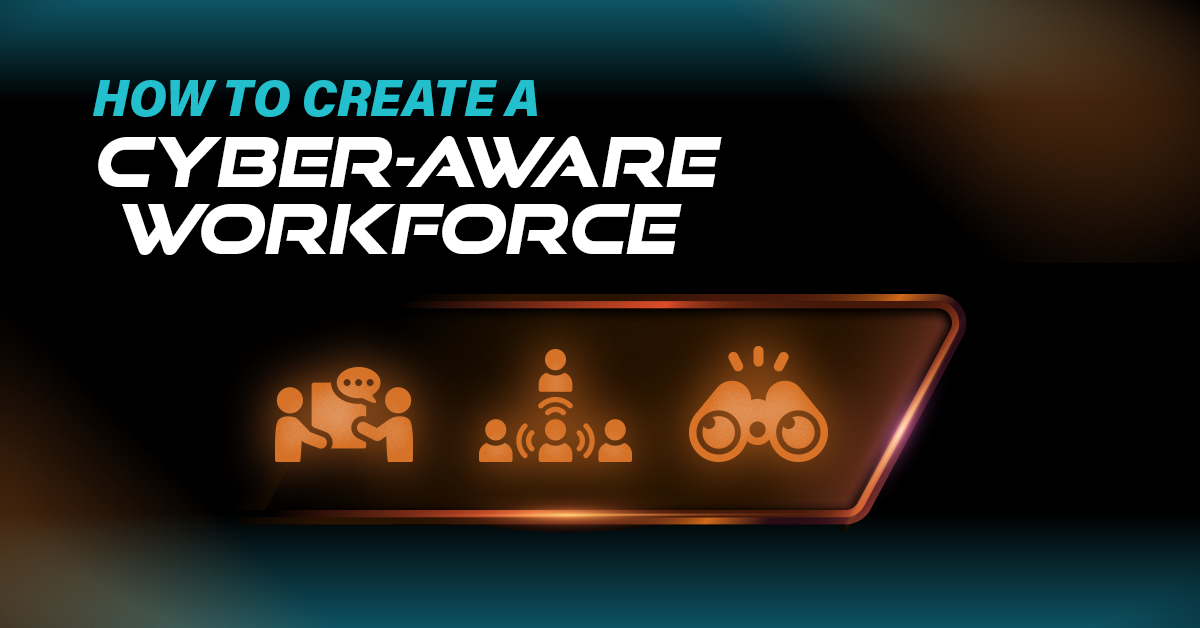The reality of facing a cyberattack isn’t a matter of if but when. The threat landscape has grown increasingly complex, and while traditional cybersecurity focuses on prevention, it’s not enough to combat every potential breach. If a cybercriminal outsmarts your security strategy, you want your business to make it out on the other side.
That’s where cyber resilience comes into play—a strategic approach that equips businesses to anticipate, withstand, recover from and adapt to cyber incidents. Think of it as your business’s ability to bounce back stronger, ensuring continuity no matter what comes its way.
The question is: Are you ready to make your business resilient? If you are, it’s time to focus on the core elements of cyber resilience to safeguard your business and protect what matters most.
The core elements of cyber resilience
Cyber resilience is about more than just implementing the latest tools. It’s a comprehensive framework built on six key elements that strengthen your ability to navigate and mitigate risks effectively:
Cybersecurity
Effective cybersecurity policies are the cornerstone of resilience. This involves proactive defense measures such as regular security assessments, threat intelligence and real-time monitoring. These practices help identify vulnerabilities and close gaps before attackers can exploit them.
A strong cybersecurity framework not only prevents breaches but also provides the groundwork for all other elements of resilience.
Incident response
No system is foolproof. That’s why having a well-defined incident response plan is critical. This plan outlines the steps your team should take during a breach—detecting the threat, containing the damage and initiating recovery protocols.
A quick, coordinated response minimizes downtime and ensures a smooth return to normal operations.
Business continuity
Imagine losing access to customer data or critical systems for even a few hours. Business continuity planning ensures your operations remain functional during and after a cyberattack.
By leveraging backup systems, disaster recovery plans and redundancies, you can keep serving customers while mitigating the long-term financial and reputational impact of a breach.
Adaptability
The cyber landscape evolves rapidly, with attackers constantly finding new vulnerabilities. Adaptability means keeping your defenses up to date by learning from past incidents, monitoring trends and implementing cutting-edge technologies.
A flexible approach ensures your business can address emerging risks without falling behind.
Employee awareness
Employees are often the first point of contact for cyberthreats, making their awareness and training vital. Phishing emails, ransomware and social engineering tactics are just a few ways attackers target your workforce.
Regular education sessions help employees recognize red flags, report incidents promptly and act as an active line of defense against breaches.
Regular compliance
Compliance with cybersecurity regulations isn’t just about avoiding penalties—it’s about protecting your customers and your reputation. Adhering to industry standards demonstrates a commitment to safeguarding sensitive data and instills confidence in your business. It also ensures you’re prepared for audits and other legal obligations.
Each of the above elements reinforces the others, creating a holistic approach to resilience. Together, they ensure your business can maintain operations, protect customer trust and recover quickly from incidents.
Let’s build a resilient future together
No business can achieve true resilience overnight, but every small step brings you closer. Whether it’s implementing proactive measures, developing a robust incident response plan or training your employees, the journey to resilience starts with a commitment to act.
We’re here to help. Let us guide you through the complexities of cyber resilience planning and show you how to protect your business from potential threats.
Contact us today to start building a stronger, more secure future for your business. Because when it comes to resilience, every second counts.











